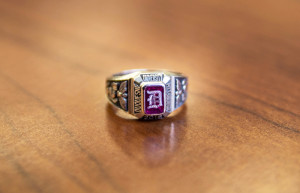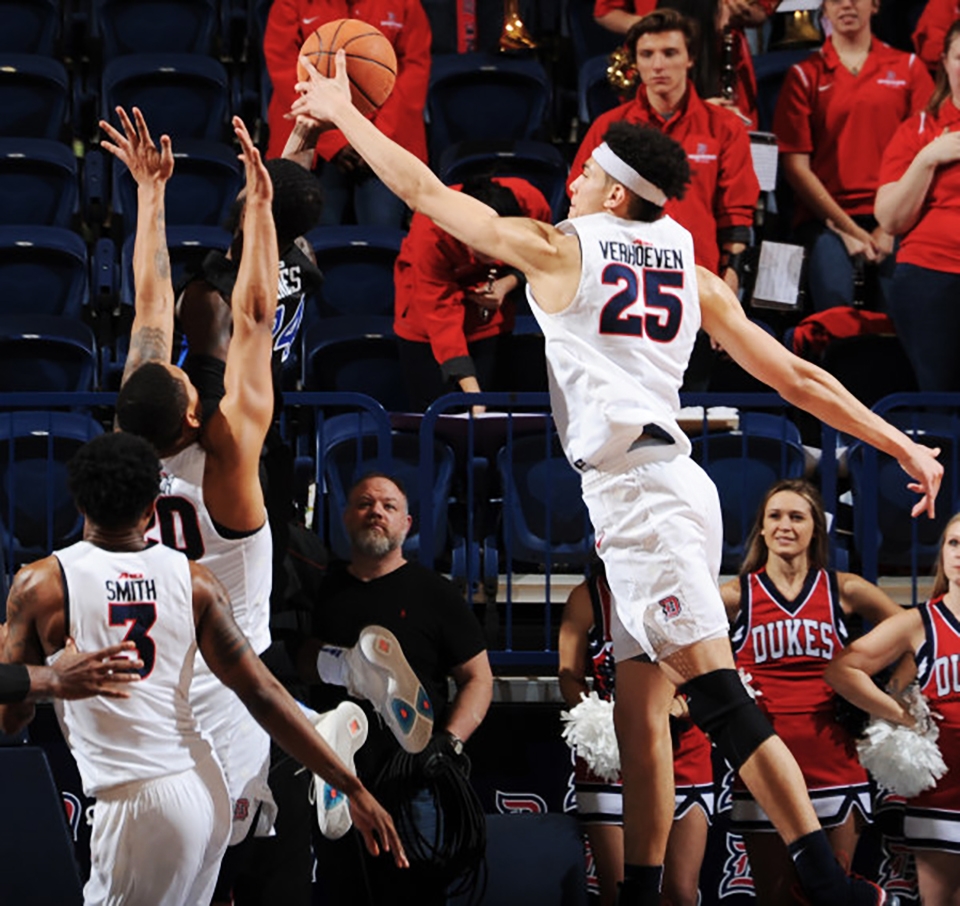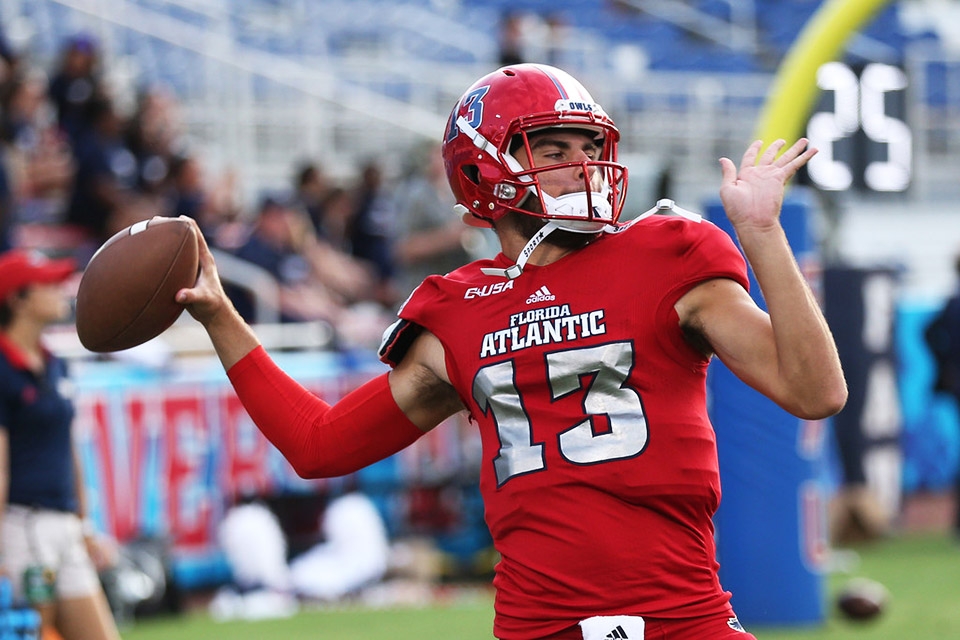
By Carolyn Conte | The Duquesne Duke
A simple sparkle on one’s finger can bring the most separated strangers together, even across international borders and years after their education at Duquesne.
The Rev. George Spangenberg, a Duquesne alumnus, was on a plane from Rome to the United States when he saw a man with the signature Duquesne ring on his hand.
“It is instantly distinguishable … and it binds us together as a University,” Spangenberg said.
The history of the University ring dates back to 1925, a formative year for Duquesne as the school tried to secure a good reputation. Articles in Gumberg Library’s archives reveal that a student committee was formed that year to standardize the school ring into an octagonal blue stone.
An old, single notecard documented that the class of 1927 decided, after a heated debate, that the stone should be changed to ruby. However, the big red rock is synthetic now, since a real ruby today would cost more than $500,000, according to Duquesne’s website.
The size of the stone kept increasing until 1936, when the corner prongs were changed to a metal groove that encircles the stone. Two years later, the golden Old English “D” became standard, too. “Duquesne,” “University,” “Pittsburgh” and the class year are also written, one on each of the four sides. All Duquesne rings are gold, following an administrative decision to maintain the ring’s prestige.
Three symbols from Duquesne’s coat of arms—the heraldic lion, book and haloed dove—are engraved on the “shank,” the part that wraps around a person’s finger. The first symbol, the lion, comes from the Marquis du Quesne’s coat of arms. French naval hero du Quesne was a prominent figure in Catholicism, since his nephew brought the religion to western Pennsylvania. His nephew also built Fort Duquesne, which would eventually become Pittsburgh, and governed Canada.
The lion holds a book, which symbolizes higher learning. The dove is a Catholic symbol for the Holy Spirit and in this case represents the Spiritans who founded Duquesne.
It takes six weeks and 35 craftspeople to create each ring. In 1956 Paul Kvederis of The Duquesne Duke interviewed Charles McDonald, a sales representative for the Bastian Brothers, the company that manufactured the ring at the time. McDonald told The Duke, “I do not honestly believe that any … combination of detail could be designed on a ring of this shape and still maintain the positive beauty of pattern that exists on the present Duquesne University ring.”
The Gumberg Library archives contain several anecdotes of the ring. In one, the ring was even spotted during World War II. A German officer snatched the Duquesne ring of a Pittsburgh GI, James Deluco, after Deluco was captured during the Battle of Bulge. When Deluco was freed from the Gerolstein Prison Camp on April 2, 1946, the ring was also miraculously returned, thanks to a member of the U.S. military police who took it from the original thief.
Another story tells of a couple who held hands with another couple at a Catholic mass during a Bahamas vacation and realized those next to them had the ring, too. University archivist Tom White had even heard a rumor that the ring united two Duquesne graduates traveling in China. Indeed, Duquesne’s ring is one of the most recognizable rings in the country.
“I think it’s partly because of the tight-knit community, and has more to do with Duquesne’s atmosphere [than the ring’s design],” White said.
Sarah Sperry, executive director of alumni relations, said she thinks that a large part of why the Duquesne ring is so recognizable is because it has gone unchanged for so long.
The Office of Alumni Relations receives some of the profits from purchases through Herff Jones, the current licensed manufacturer of Duquesne rings. But Sperry said the greatest benefit is creating memories for graduates.
“I think it’s a great memento of their time at Duquesne, the memory and their connection to Duquesne,” Sperry said.




